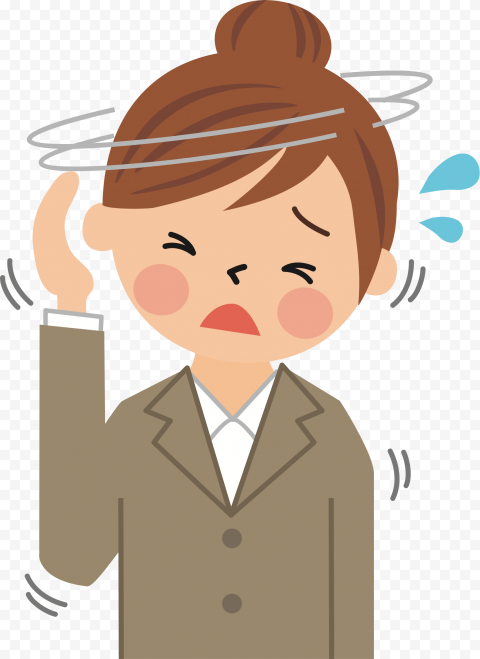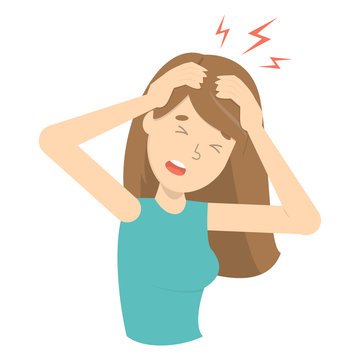Imagine someone who is suffering from migraine: If film or television depictions wield any influence here, then you’re seeing a woman squeezing her temples and frowning. Her eyes are locked shut.
That representation is narrow enough to perturb researchers in headache medicine. Advances in migraine research have proven that the condition—and the ways it can present in people—are far more complex and varied than the treatment it gets on screen. As the true nature of migraine becomes more clear to doctors, its pop culture counterpart feels further and further off the mark. (Along those lines, the medical community refers to the condition as migraine, rather than “a migraine,” because it’s a whole condition rather than a single experience. You wouldn’t say “a diabetes.”)
“I think there’s actually a lot of misunderstanding of what migraine is, even within the medical community,” says Dr. Niushen Zhang, chief of the headache division at Stanford University’s Department of Neurology. “We think of it as sort of an invisible disease.” As a consequence, it often eludes diagnosis, despite being the most common cause of disability in people under the age of 50. Of the 36 million people in America who experience migraine, only around 12 percent are properly diagnosed.

So, what is migraine? “Basically, it’s a recurrent headache,” says Dr. Teshamae Monteith, a fellow at the American Academy of Neurology. When it appears, migraine persists for between four and 72 hours, sometimes concentrated on one side of the head. Other symptoms often come along: nausea, vomiting, and sensitivity to light or movement. Fatigue, irritability, stiff neck and an aura—a sensory disturbance such as zigzagging lines across vision or tingling hands—can signal coming migraine. Not to mention, a series of comorbidities commonly accompany migraine, like anxiety, depression or even gastrointestinal disorders.
Because any combination of those symptoms and conditions can undergird someone’s migraine, it takes many distinct forms. Even migraine’s causes vary: The environment can spur migraine, but it’s also genetic; about half of people with migraine have it in their family medical history. As a condition taking many forms, it can be difficult to pin down. “It’s surprising how migraine can be under-diagnosed, or misdiagnosed, despite how common it is,” says Dr. Monteith.
Regressive gender politics don’t help, either. Roughly three women experience migraine for every man. Downplaying the pain of women remains an issue of modern medicine.
In fact, sexism may have delayed attention for migraine by the medical field on the whole. “Perhaps if it were affecting men and women more equally,” says Dr. Zhang. “Perhaps there may have been more attention paid to it earlier.”
Its reputation as a women’s condition—rather than a condition that more frequently affects women—has consequences for men, too. Doctors may be less likely to diagnose men with migraine, while machismo or misinformation may preclude a man from sharing concerns with a physician. “Men with migraine are stigmatized because they have a woman’s, quote unquote, disorder,” says Dr. Michael Oshinsky, director of the Office of Preclinical Pain Research at the National Institute of Neurological Disorders and Stroke. “That is probably at least one of the reasons why they’re not reaching out for treatment.”

“That’s really too bad,” says Dr. Oshinsky. “Because the treatments we have today are really good.” He’s not bluffing. The last few decades have seen not just the emergence of headache medicine as a field, but also a greater understanding of migraine down to the molecular level. There have been parallel strides in technology to treat migraine. The biggest splash came in 2018, with the first FDA-approval of an anti-calcitonin gene-related peptide (CGRP) drug, a treatment option that targets signaling molecules in the brain that are tied to migraine.
Anti-CGRP drugs join a phalanx of existing treatments. The bigger challenge is delivering them to those who’d stand to benefit. “The most important thing is to reach out to your physician,” Dr. Oshinsky told me.